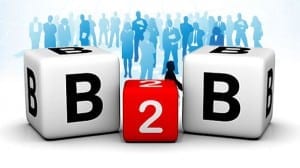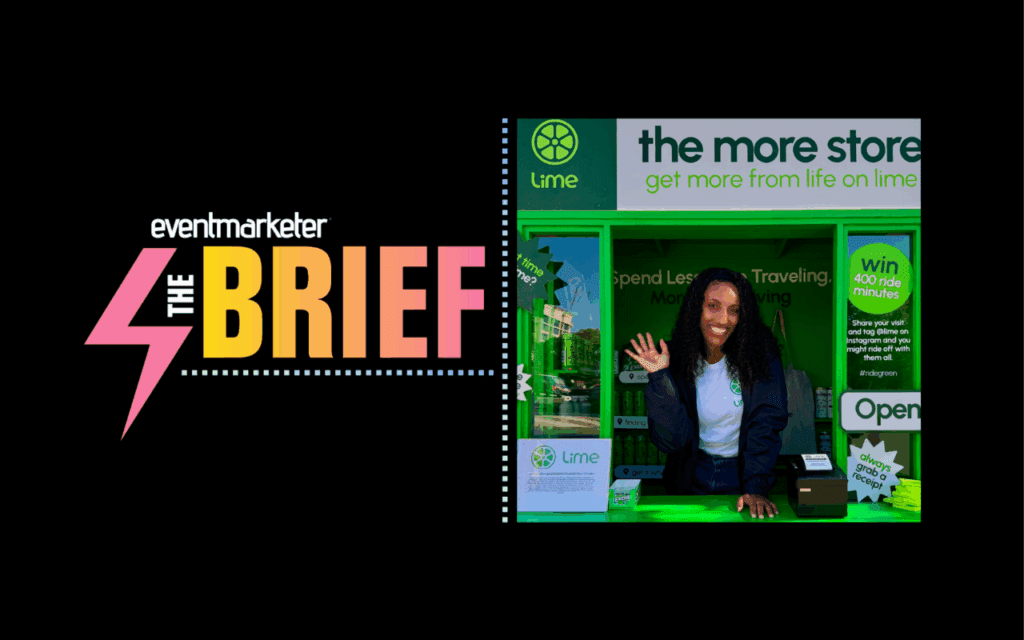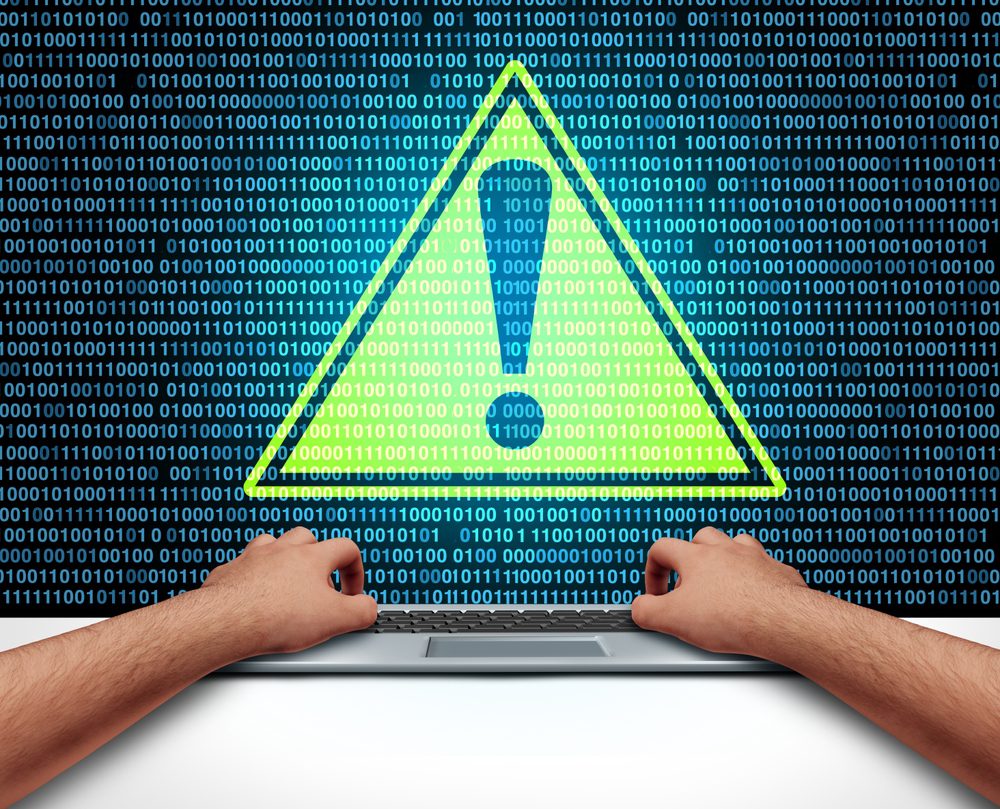 Profitability, investor relations and product quality issues all have the power to keep CEOs awake at night. But another factor can also derail a B2B company: failure to align the company’s culture with its corporate brand.
Profitability, investor relations and product quality issues all have the power to keep CEOs awake at night. But another factor can also derail a B2B company: failure to align the company’s culture with its corporate brand.
CoreBrand’s Corporate Branding Index revealed that the corporate brand accounts for between 5% and 7% of market capitalization. Accordingly, the corporate brand can significantly contribute to or detract from a company’s value.
The corporate brand is also a powerful differentiator, affecting all of an enterprise’s products, services, customers and stakeholders. In an era when copying products has never been easier, it is nearly impossible to copy a company’s brand and culture.
Corporate brands affect internal and external constituents. As such, they should not be managed by marketing departments, but by an organization’s top leader. The CEO has the responsibility and credibility to align the corporate brand with its people (culture.) Here’s how to develop, mobilize and maintain a culture-driven, customer-centric B2B brand.
- Brand Discovery: Corporate brands are driven by internal and external insights answering the question, “Who are we?” Personal interviews lasting 45-60 minutes yield deep, qualitative insights. A study from MIT and the University of Chicago found that as few as 12-15 in-depth interviews can represent views of an entire market segment with surprising accuracy. A high-tech composite manufacturer we advise sought to enter a more complex and profitable category. By convening internal and external shareholders from throughout the industry in a one-day workshop, the company determined two practical paths for moving forward.
2. Brand Envisioning: Put on paper what the brand stands for:
- Where and how will we compete? (strategy)
- What do we do? / Who are we for? (positioning)
- What do we offer that people value? (differentiators)
- How should we behave? (culture)
3. Brand Expression: A brand’s message should be clear, brief and impactful. I advocate a 3-30 brand messaging approach that allows the main message to be spoken in three seconds and supported with a 30-second message. Consider, Caterpillar’s “Built for It” message that communicates durable equipment with brevity, clarity and impact.
4. Brand Mobilization: Beyond paid media and PR, a company lives out its brand through the assets it owns including its web site, product names, logo, etc. A lending firm we advised specialized in financing municipalities’ emergency vehicles. Its employees spoke at firefighter conferences, its web site and collateral incorporated firefighting images and the firm became known as the “fire financing firm” by living out its brand.
5. Brand Stewardship. How long does a brand last? Ideally, a brand would endure forever, but certain situations call for brand modification. These include significant changes in the competitive landscape such as an acquisition; major industry or customer changes such as technological breakthroughs; and big internal shifts. Deutsche Post’s acquisition of DHL necessitated new branding guidelines, employee training and repainting more than a hundred company planes.
Under the CEO’s directive, a culture-driven, customer-centric process can align a company’s corporate brand and culture with the customers it serves, adding value to the company.
Chris Wirthwein is CEO of marketing and brand advisory firm 5MetaCom, and author of “The People Powered Brand – A Blueprint for B2B Brand and Culture Transformation.”
 Network
Network

